In 2019, I purchased an over-the-counter, or OTC, archery elk tag in Idaho in August to hunt that following September. Two years later, on the day the tags dropped, I was number 11,873 in an online cue for this same OTC tag — and I didn’t get it. Western hunting has never been more popular, and it’s made drawing OTC or special draw-unit tags harder to get than ever.
Many states have moved away from the traditional OTC format — that is, being able to walk into a Walmart and just buy a tag before or during the season. Instead, they’re putting a cap on the number of tags allotted per wildlife management unit and implementing a draw system. In theory, this helps biologists and state wildlife managers meet population and herd-health objectives while providing a better quality hunt for those lucky tagholders.

RELATED: Utah Wildlife Board Bans Trail Cameras for Hunting Big Game
Understanding the Tag Allocation System
With nine primary western states — plus a handful of states in the Midwest and on the East Coast that have draws for moose, elk, and whitetail — understanding how each state’s tag allocation system works and knowing how and when you need to apply for a specific animal or hunt can be complicated and confusing. For example, the application timeline and process to draw a bighorn tag in Idaho are very different from the process for drawing a sheep tag in New Mexico. And California has yet another process.
Lucky for us, we have the internet. There are services that charge a small fee to do the homework for you, which include Eastmans’ TagHub, GoHunt Insider, Huntin’ Fool, and Hunter’s Trailhead. Some services charge for an annual subscription; others charge you a flat fee for every draw application you submit through the service. None of them commit you to an outfitter, but they do offer guided options should you draw a tag. So, whether you plan to hunt with a guide or DIY, they simplify the application process and help formulate a tag strategy for the years ahead.
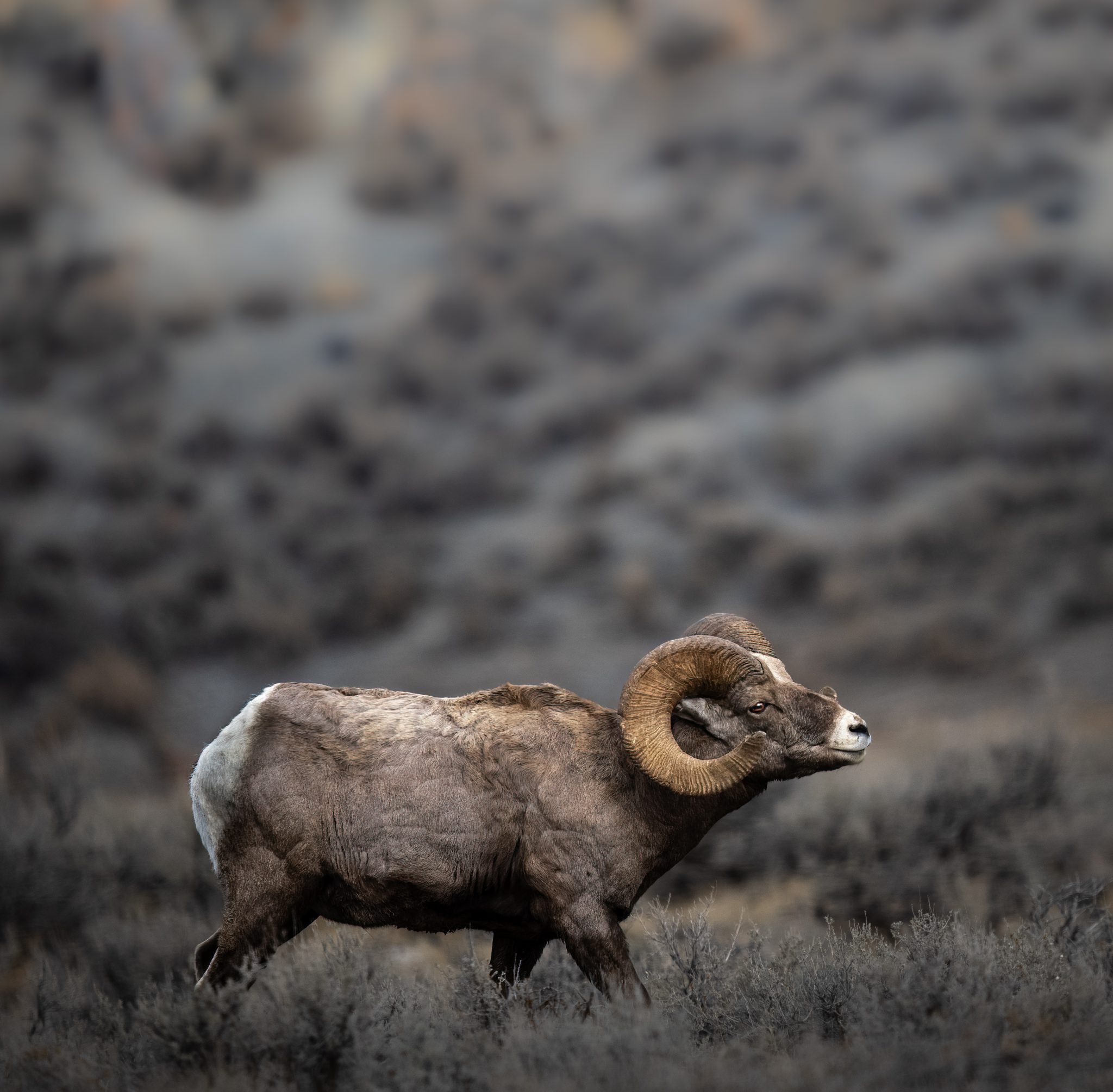
RELATED: Grizzly Steals Kill from Yellowstone Wolf Pack – Again
Identifying Your Goals
Before looking at specific states or tags, you need to think about your personal goals and what type of hunts you want. Do you aspire to kill a bull elk with your bow? Does it need to be a 380-inch-plus bull elk? Maybe you want to just hunt out West every year, without preference for species? Maybe chasing a mountain goat is a bucket list adventure hunt?
If you are looking for trophy-class animals like that 380 bull, you must understand that it could take years, even decades, to draw a premier tag. It’s also important to understand that the way you succeed on a premier hunt is by getting kills on species with easier-to-draw tags and gaining experience while you wait.

RELATED: Yellowstone Grizzlies Closer to Delisting: WY, MT Approve Revised MOA
How Draws and Preference Points Work
The best way to plan draws, tags, and hunting opportunities out West is in short-term, mid-term, and long-term timelines. This includes applying now for hunts you likely will not draw and buying bonus or preference points where available to better your odds for future draws.
Each state is a little different, but generally, there are two systems out there for drawing a tag. The first one is where you don’t build points. Everyone who applies has the same chance of drawing as everyone else. Idaho and New Mexico have this type of lottery system, for example.
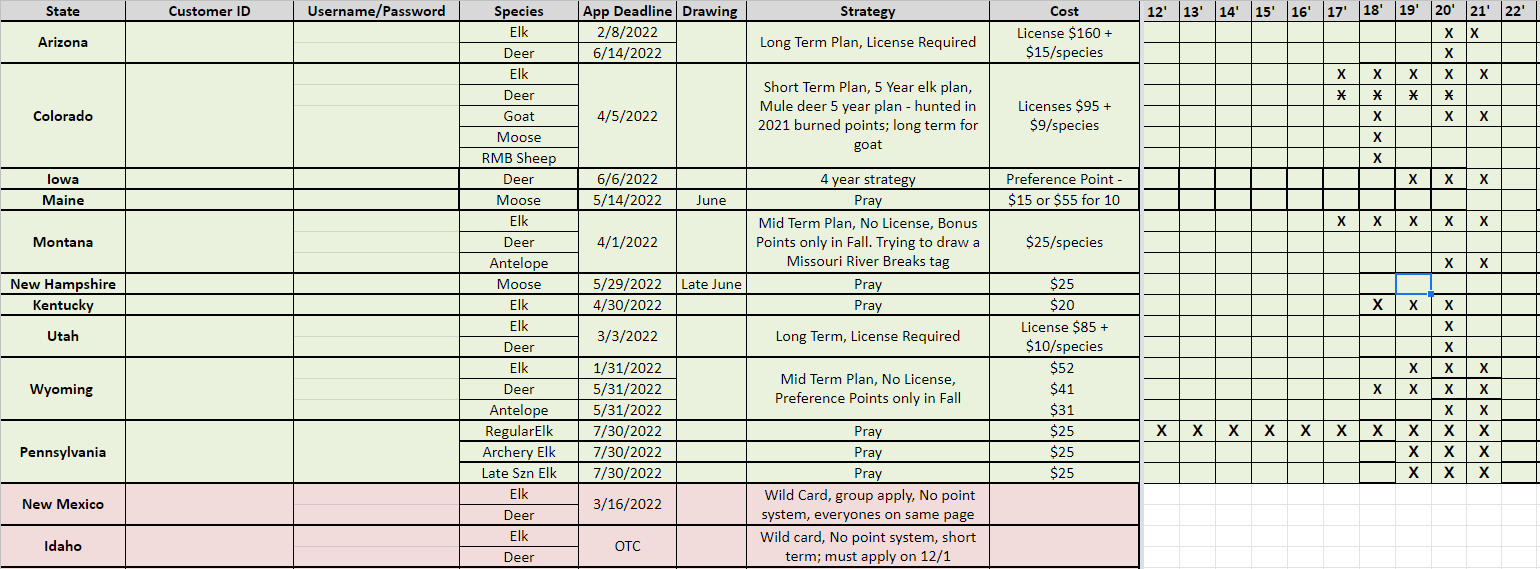
Then, there are some states that let applicants collect points for each year they apply. The hunter with more “points” has better odds of drawing a given tag than a hunter with fewer or no points. Think of it as points providing you with an extra ticket in the hat for the draw: the more points, the more tickets. Bonus points do not guarantee you a tag but will increase your chances.
A preference points system works differently: A given tag goes to the person with the most points. When you apply in a state that uses preference points and don’t draw, you’re automatically given a preference point for the following year. Some states give you the option to buy a preference point or bonus point without taking part in the draw, which is helpful if you don’t plan on hunting that particular state during the year. Many savvy hunters just buy points in states where they don’t expect to draw in the hopes of increasing their odds over the years that they will draw eventually.
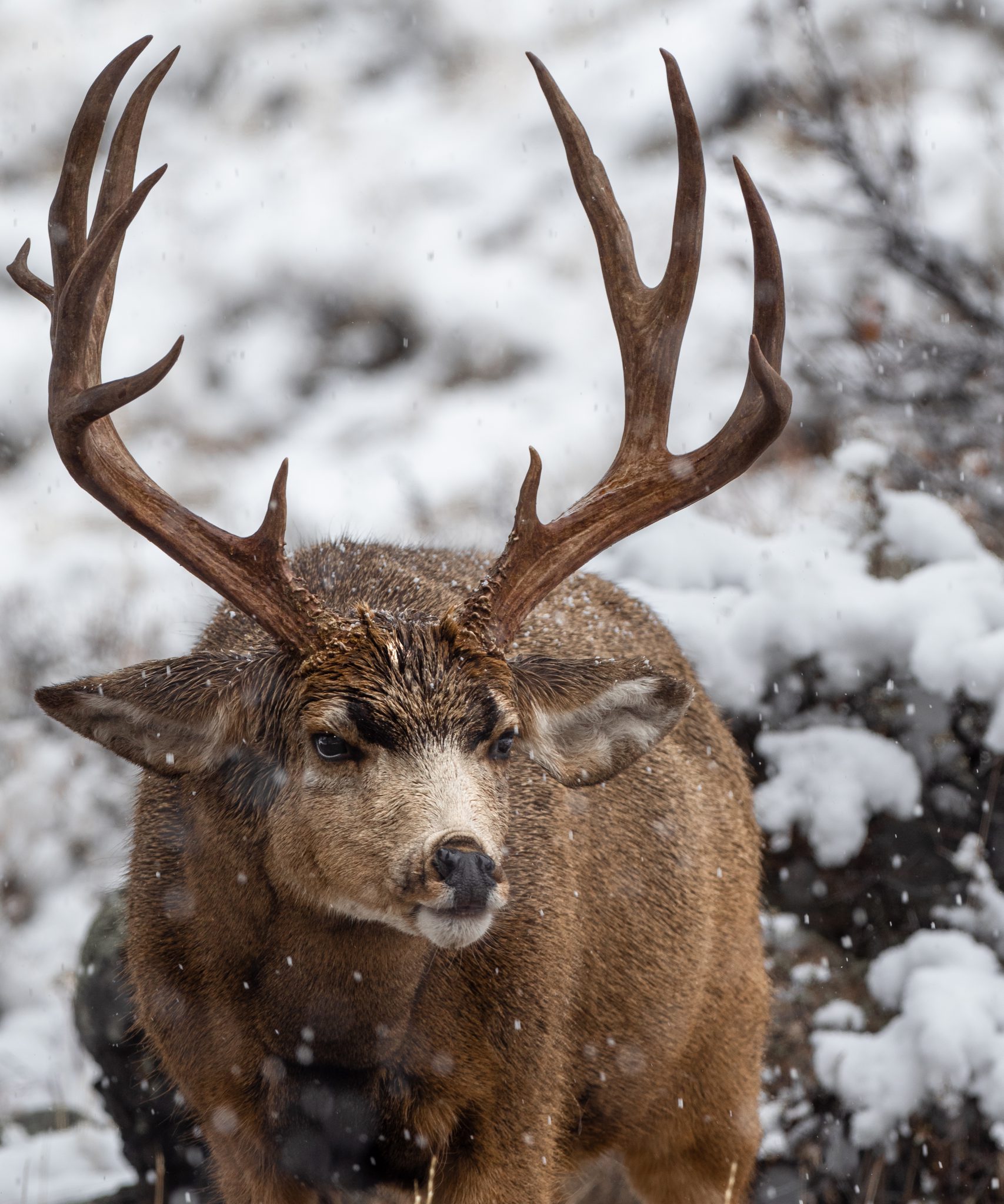
RELATED: Montana Elk: New Regs Could End Bull Hunting on Some Public Lands
Short-Term, Mid-Term, and Long-Term Western Hunting Strategies
Now back to those three timelines.
The short-term strategy includes planning hunts that you can do every year or every couple of years. These will likely be hunts with lower odds of success in OTC units or zones. For example, Scott Reekers of Eastmans’ says that he uses his home state of Wyoming as his short-term strategy for mule deer. He knows he can get a tag every year. For those of us that don’t live in the West, states like Colorado that offer OTC archery, muzzleloader, and rifle tags are a solid option.
Mid-term strategies should hinge on a five-year plan or focus on tags that might take five years to draw. Note: this does not mean you have to wait five years to hunt. Many serious Western hunters apply for multiple species in several overlapping states. Ike Eastman refers to this as the four-state strategy. Meaning that you build points in four different states by applying for or buying preference points with the hopes you’ll draw one of them every few years.
An example would be building points in Montana, Wyoming, Colorado, and Utah every year for elk. Once you get into the rotation, you might draw Montana one year, then Wyoming the next, and so on. This strategy allows you to continue to hunt good tags almost every year if you plan accordingly.
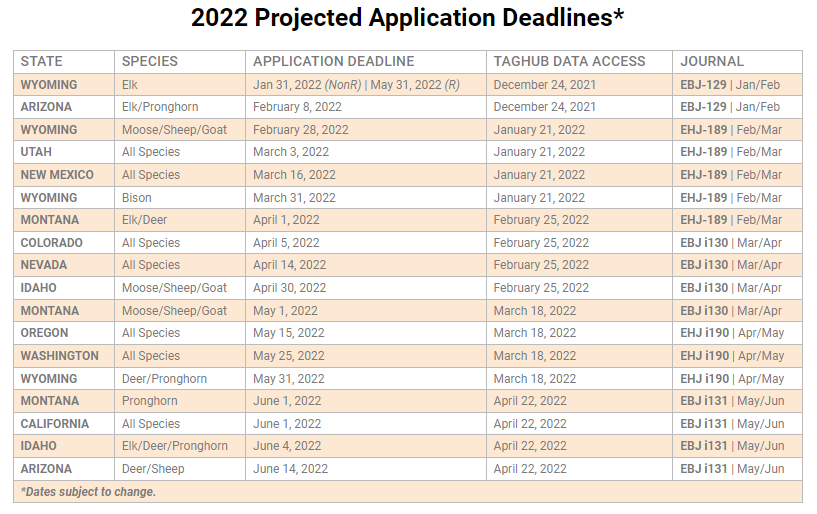
Long-term planning is for the dream hunts or hunts that you’ll likely only do once in your life.
I look to states like Nevada and Arizona for long-term strategies for elk that will take years of building points to draw, but if you hit a carefully selected trophy unit, the animals you see and your hunt could both be epic. Other long-term strategies might include moose, sheep, and goat tags that may take 15 years or more to hit.
RELATED: Sheep of a Lifetime: Kyle Lamb Tags Idaho Bighorn
2022 Projected Western Hunting Application Deadlines
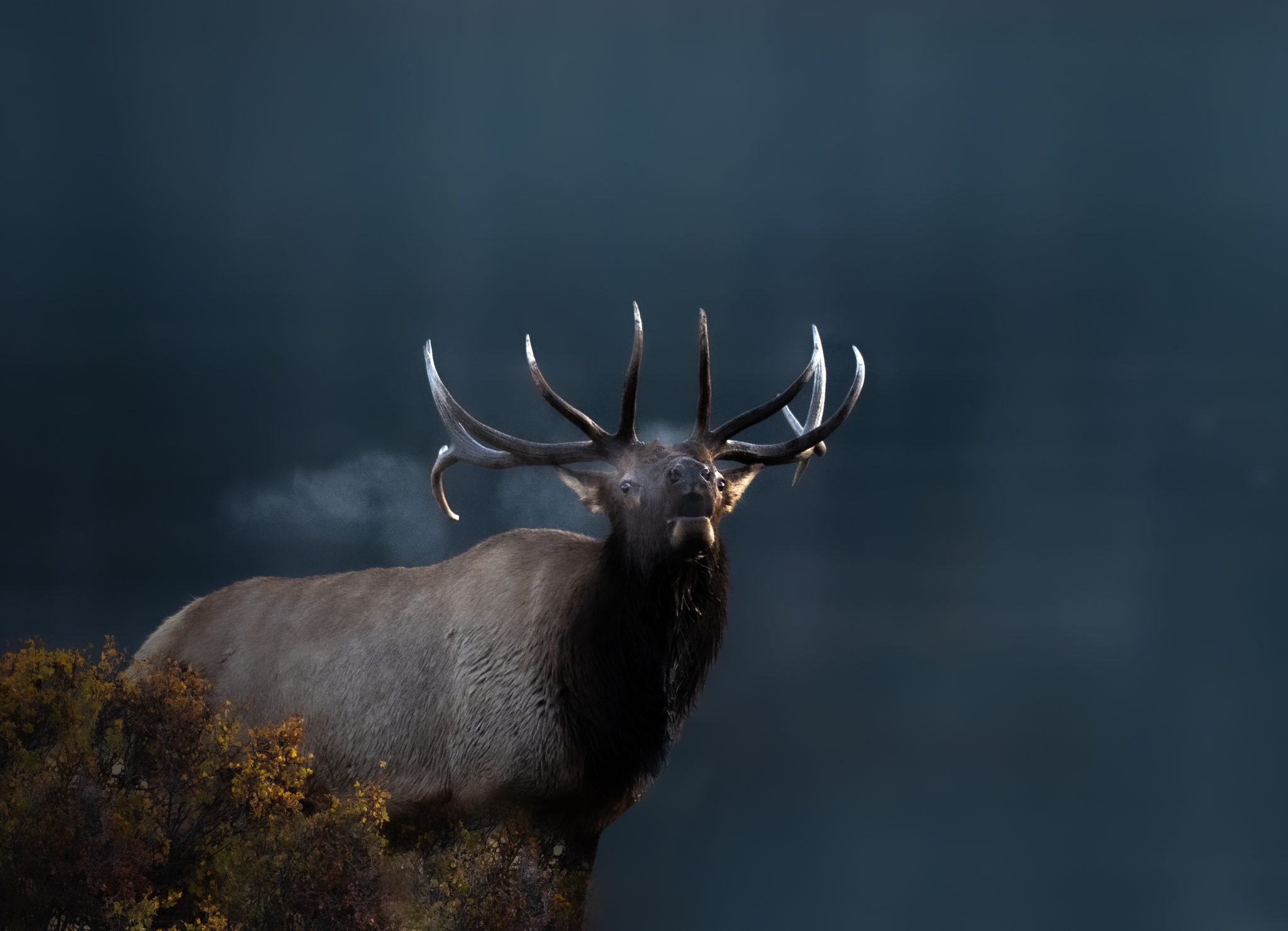
For short-term and mid-term hunts, Eastman recommends that you find an area in these states and stick with it. It’s easy to get caught up in trying to find the next “hot spot,” but you will ultimately have more success by learning an area and hunting it as often as possible. He looks at each hunting area as a three-year strategy, and if you take notes of what you learned each time you are there, you can pivot and adapt to increase your chances of success.
It’s crazy to think that the 2021 hunting season just ended, and we already need to start planning hunts for 2022, but that’s the reality. With a little bit of planning and research, you can set yourself up with some incredible adventures and hunting opportunities. Get organized, create a plan, and execute.
READ NEXT: Coyote Hunting: Intense Scouting and Planning Pay Off

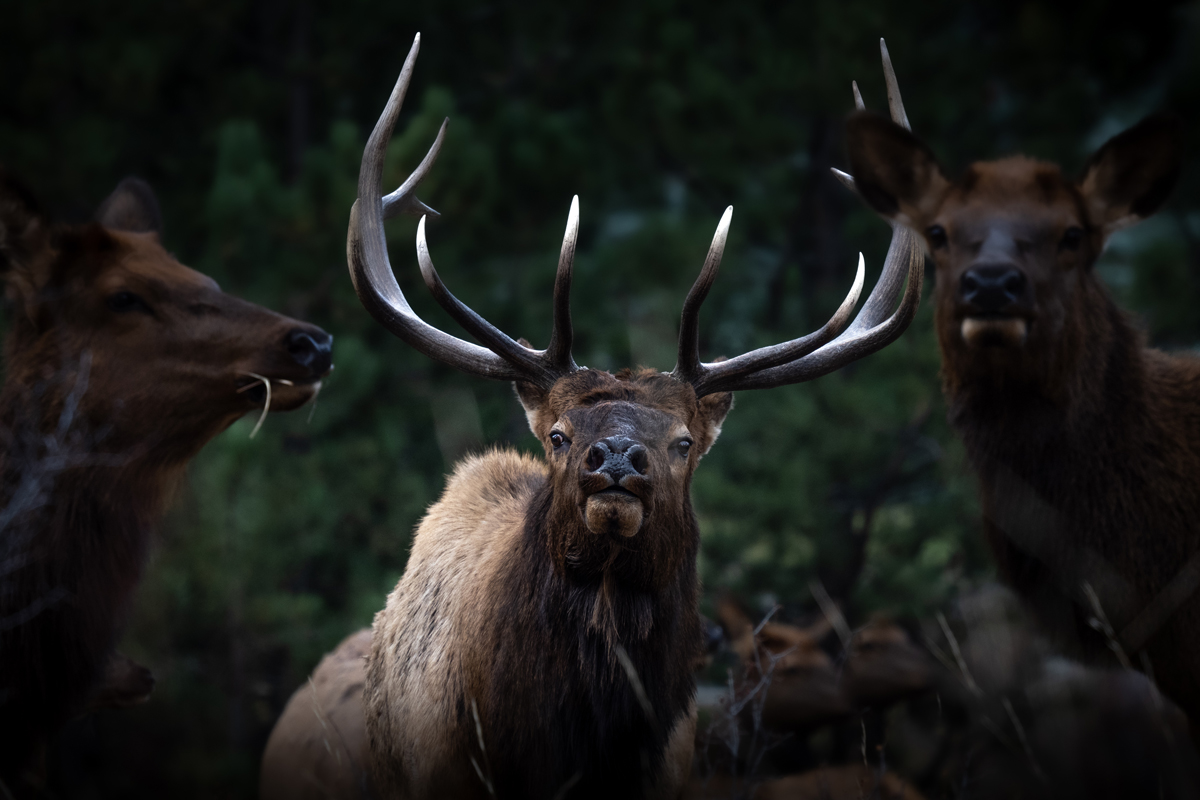
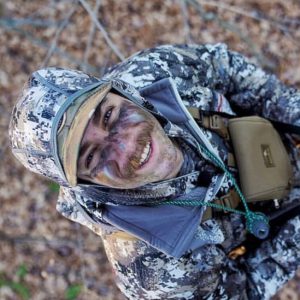





Comments